Semi-cured 'Marantona' Cheese... (3 Kg.)
- Remove this product from my favorite's list.
- Add this product to my list of favorites.
- Send to a friend
Semi-cured 'Marantona' Cheese... (3 Kg.)
This spectacular cheese, made with sheeps milk from purebred Manchega sheep, is presented with oiled rinds. Firm and compact interior varies in colour from white to ivory or pale yellow, creamy texture with small air pockets unevenly spread throughout. Ripening time between 60 and 90 days.
No reward points for this product because there's already a discount.

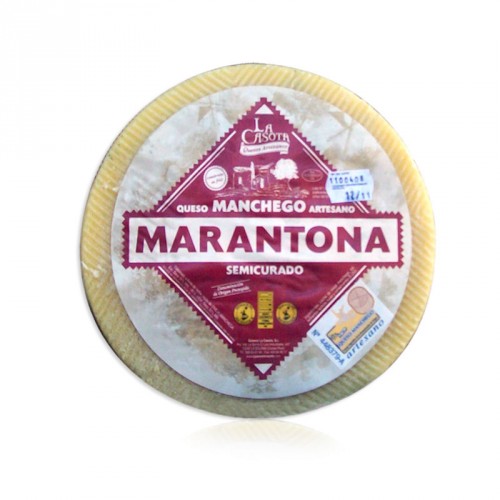












































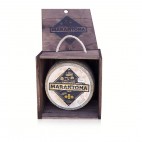
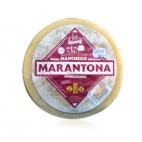
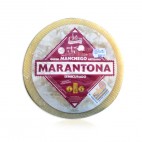
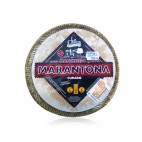
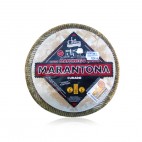
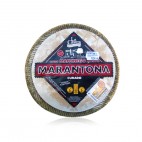
Why in GourmetVip - Quesos La Casota
- Great Selection of food 2011: Gold Selection Cured Artisan Manchego Cheese.
- Great Selection of food 2008: Gold Selection Cured Artisan Manchego Cheese.
- Expovicam-Albacete 2008 Regional Fair: 1st Prize Semicured Artisan Manchego Cheese.
- Fercam-Manzanares 2008 Regional Fair: Silver Medal Semi-cured Artisan Manchego Cheese.
- International Exhibition of Gourmet Club – Madrid 2006: Finalist Best Semi-cured Sheep's Cheese.
- Regional Contest "Cofradía" of Manchego Cheese 2008: 1st Prize Cured Artisan Manchego Cheese.
- World Cheese Awards 2006 – 2007: 2006: Gold Medal Cured Artisan Cheese & 2007: Silver Medal Cured Artisan Cheese.
Furthermore, La Casota cheeses are consideredby "Ronda Iberia" Magazine one of the best 50 Spanish gourmet products.
Official Video - DO Manchego Cheese
No customer comments for the moment.